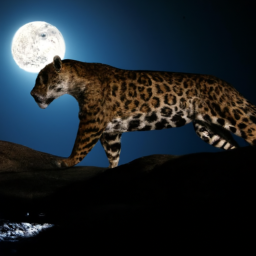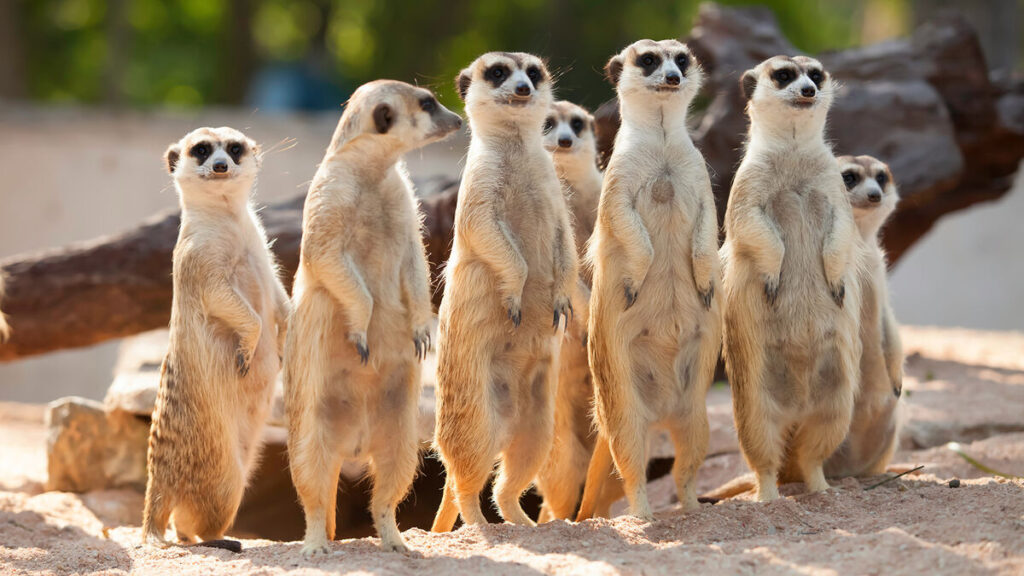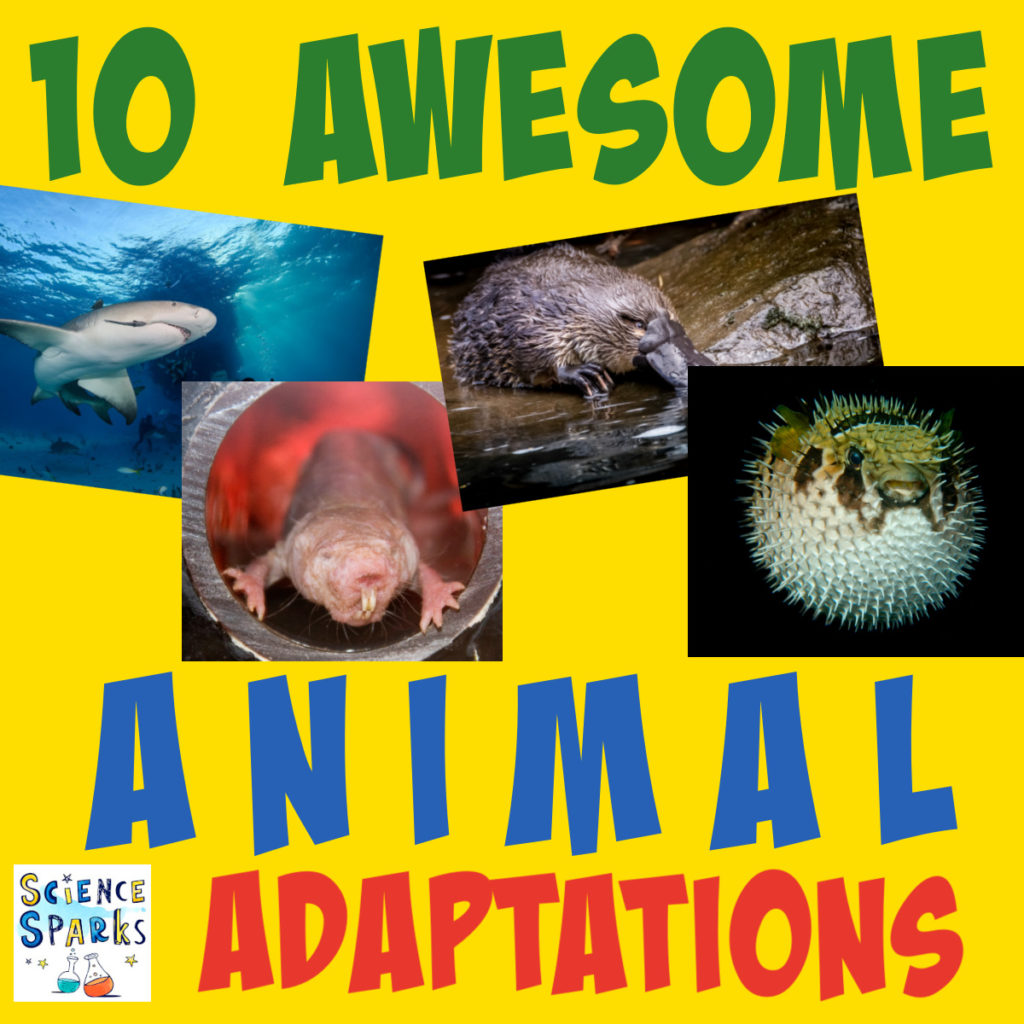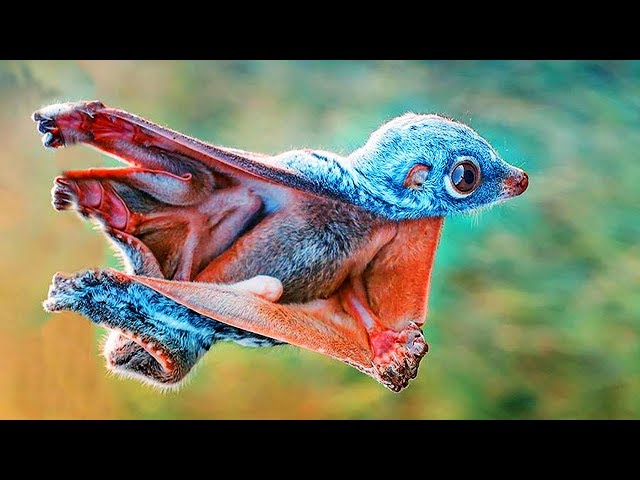
Imagine a world where animals have developed incredible and unconventional traits to survive and thrive in their environments. From the ability to change colors instantaneously to the power of flight without wings, the world of unique animal adaptations is nothing short of awe-inspiring. Get ready to explore the astonishing adaptations of the animal kingdom and gain a whole new appreciation for the diversity and ingenuity of nature. Welcome to the fascinating realm of “Unique Adaptations of Animals” – a captivating journey that will leave you amazed and inspired.

This image is property of assets.ltkcontent.com.
Physical Adaptations in Animals
Animal Camouflage
Animal camouflage is a fascinating and vital adaptation that allows animals to blend into their surroundings, providing them with a survival advantage. From the chameleons’ ability to change color to match their environment to the stick insects’ uncanny resemblance to twigs, animals have developed incredible camouflage techniques. This adaptation helps them avoid predators or become more effective hunters themselves. Through physical characteristics such as coloration, patterns, and even body shape, animals have evolved to become masters of disguise in order to survive in various habitats.
Structural Changes
Structural changes in animals refer to the physical adaptations they undergo to enhance their survival in their specific environment. For instance, the elongated necks of giraffes enable them to reach leaves high up in trees, allowing them to access food sources that other animals cannot. Another example is the webbed feet of ducks, which aid in their swimming and diving activities. These structural changes are the result of millions of years of evolution and natural selection, ensuring that each animal is best equipped for its unique needs and challenges.
Adaptive Coloring and Patterns
Adaptive coloring and patterns serve as another tool for animals to survive and thrive in their environment. Many animals, such as zebras, have evolved distinctive black and white patterns on their bodies that break up their outline, making it difficult for predators to gauge their size and distance. This adaptation, known as disruptive coloration, helps the animals blend in with their herd and reduce the likelihood of being singled out by a predator. Additionally, animals like the poison dart frog have bright and vibrant colors that act as a warning signal, indicating their toxicity to potential predators.
Unique Adaptations for Survival
Evolutionary Changes
Evolutionary changes are those adaptations that occur over long periods of time as a result of natural selection. These changes allow animals to better survive in their changing environments. One notable example is the evolution of the opposable thumb in primates, which enabled them to grasp objects and manipulate their surroundings. This adaptation played a crucial role in the development of complex tools and the ability to thrive in diverse habitats.
Mimicry and Disguise
Mimicry and disguise are fascinating strategies employed by animals to mimic the appearance or behavior of other species. One well-known example is the viceroy butterfly, which evolved to have the same bright orange coloration as the toxic monarch butterfly. This mimicry acts as a defense mechanism, fooling predators into thinking that the viceroy is also toxic. Similarly, animals like the walking stick insect perfectly blend in with their surroundings, mimicking the appearance of twigs or leaves to avoid being detected by predators.
Adaptations for Extreme Conditions
Animals that inhabit extreme environments have developed specialized adaptations to survive in these challenging conditions. For instance, camel species have evolved humps to store fat, not water as commonly believed, which provides them with a source of energy during long periods without food. They are also able to close their nostrils and create a clear membrane over their eyes to protect them from blowing sand in the arid desert environment. Polar bears have thick layers of fat and dense fur, maximizing insulation in icy Arctic conditions. These examples highlight the remarkable ways in which animals have adapted to survive in the harshest environments on Earth.

This image is property of www.science-sparks.com.
Adaptations for Hunting and Gathering
Development of Unique Tools
Animals that rely on hunting and gathering for survival have developed unique tools and mechanisms to aid in their activities. One notable example is the use of stones as anvils and hammers by some primates to crack open nuts and extract the nutritious content inside. This demonstrates the ability of animals to utilize objects in their environment to meet their specific needs. Similarly, birds of prey have sharp talons that allow them to catch and grip their prey effectively, while certain species of dolphins have evolved the ability to use sponges as tools to protect their snouts while scavenging the ocean floor for food.
Predators and Their Adaptations
Predators have a wide range of adaptations that help them successfully hunt and capture their prey. Speed is a common adaptation in many predators, allowing them to chase down their targets. For example, cheetahs have evolved long and lean bodies, lightweight frames, and powerful leg muscles that enable them to sprint at incredible speeds in pursuit of their prey. Additionally, predators often possess sharp teeth and powerful jaws for effectively capturing and consuming their prey. These adaptations have evolved over time to increase the chances of successful hunting and ultimately survival.
Herbivorous Adaptations
Herbivorous animals have unique adaptations that allow them to efficiently obtain and process plant-based food sources. Some herbivores, like cows and other ruminant animals, have evolved specialized stomach compartments that allow them to ferment and digest cellulose, a component found in plant cell walls. This complex digestive system enables them to extract nutrients from plants that would otherwise be indigestible to other animals. Additionally, herbivores have adapted physical characteristics such as elongated necks or specialized mouths that enable them to reach, graze, or strip foliage effectively.

This image is property of i.ytimg.com.
Aquatic Animals and Their Adaptations
Water-dwelling Animals
Water-dwelling animals, including fish, amphibians, and marine mammals, have a wide range of adaptations that allow them to thrive in aquatic environments. Fish, for example, have streamlined bodies and fin-like structures that enable them to move effortlessly through the water. They also have gills to extract oxygen from the water, providing a constant supply of this vital gas. Amphibians have adaptations such as webbed feet or tails to aid in swimming or maneuvering through aquatic habitats. These adaptations allow them to inhabit both aquatic and terrestrial environments effectively.
Unique Adaptations of Fish
Fish have evolved an array of adaptations that cater to their diverse habitats, whether it be freshwater rivers, coral reefs, or deep-sea trenches. Some fish have developed the ability to change colors to match their surroundings, providing camouflage from predators or potential prey. Others possess electroreceptors, enabling them to detect the weak electric signals emitted by their prey or navigate through dark waters. Furthermore, certain species of fish, such as anglerfish, have evolved bioluminescent lures to attract and capture prey in the pitch-black depths of the ocean. These adaptations demonstrate the extraordinary diversity of fish and their ability to thrive in aquatic environments.
Marine Mammal Adaptations
Marine mammals, such as whales, dolphins, and seals, have evolved a variety of adaptations to survive and thrive in the ocean. One significant adaptation is the presence of blubber, a thick layer of fat that provides insulation, buoyancy, and food reserves for these animals in cold water environments. Additionally, marine mammals have developed streamlined bodies and powerful tails that allow for efficient swimming and diving. This adaptation enables them to navigate through the water column, catch prey, and avoid predators effectively. Some marine mammals, like dolphins, have also evolved echolocation, a remarkable adaptation that allows them to navigate and find prey using sound waves. These adaptations are crucial for their survival in the diverse and challenging marine ecosystem.






